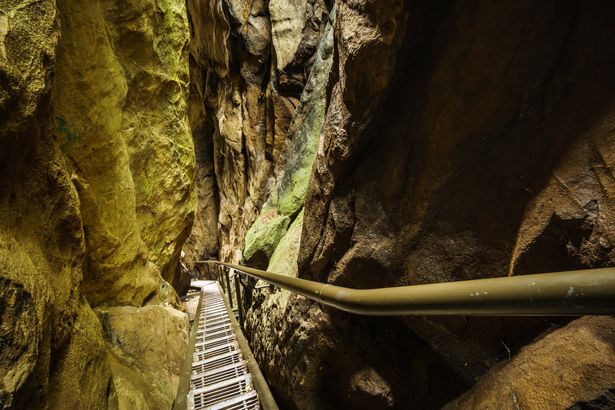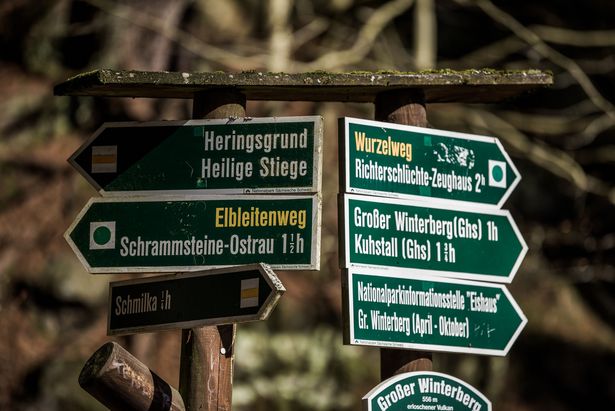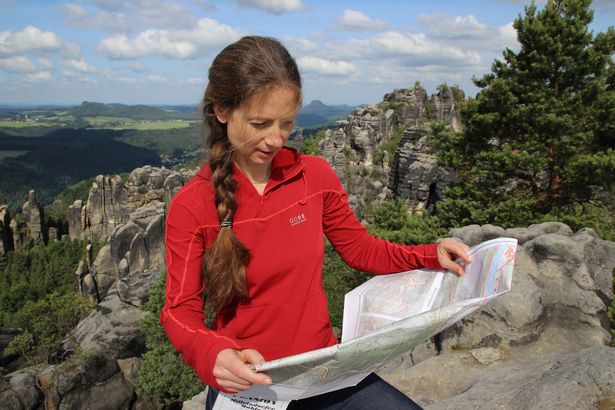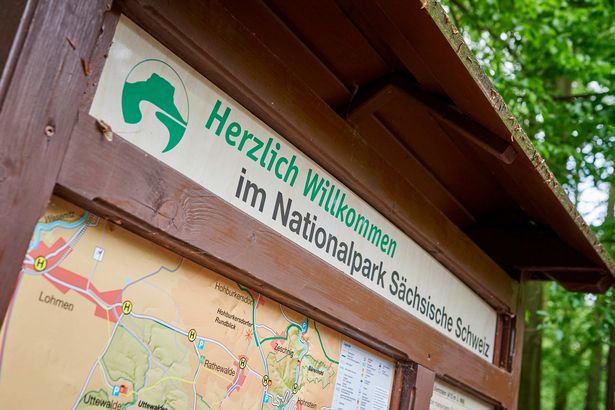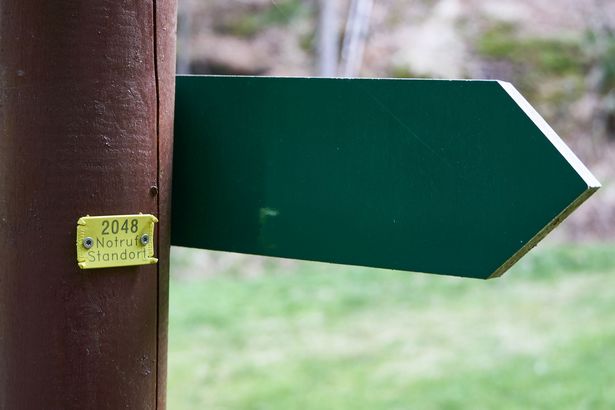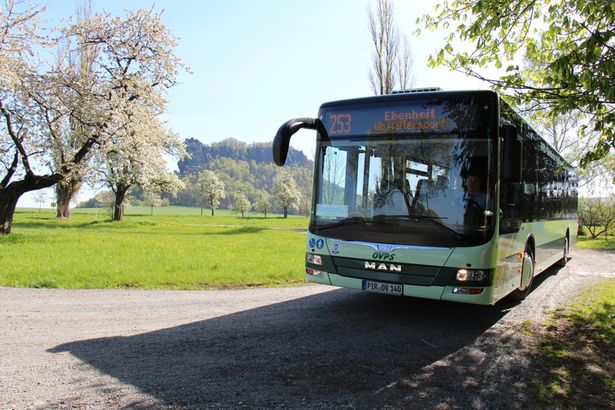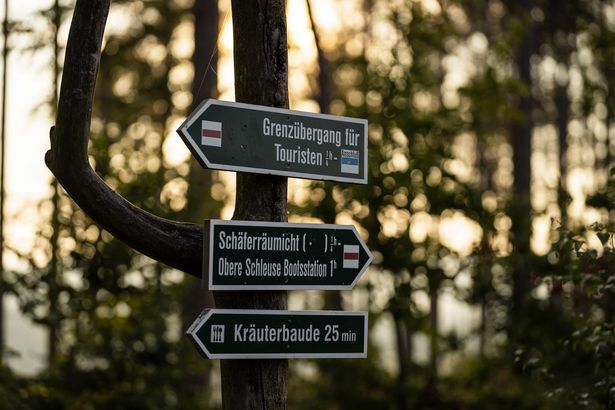Well prepared for your hiking holidays
Nature experience is at home in Saxon Switzerland. Before starting a hiking tour it should be well planned. Here you find a lot of helpful information to perfectly prepare your hiking adventure. For some, the sign marked with “Ghs” might be the most important detail of the whole hiking. But what does it mean? Or what is a “Stiege”? Can I bring my dog for a hiking tour here and what actually means National Park?
